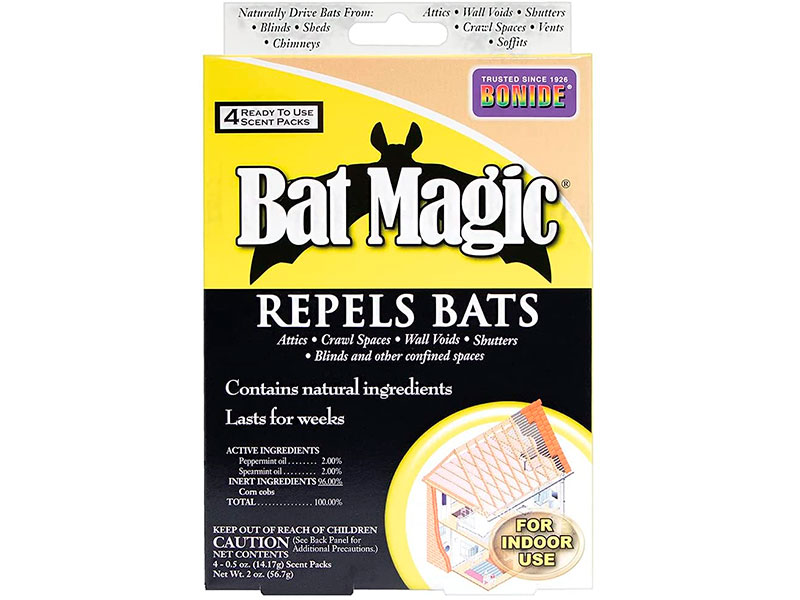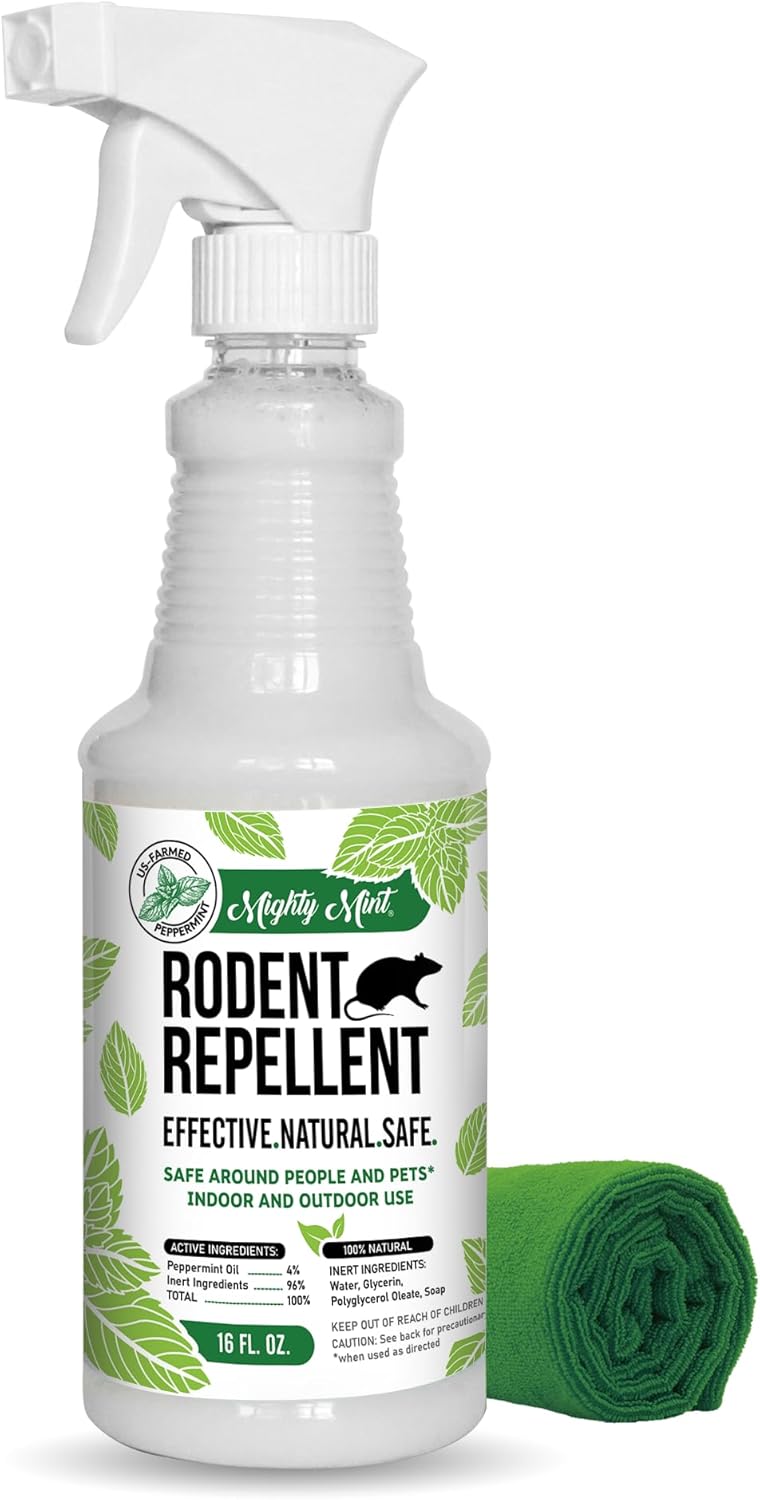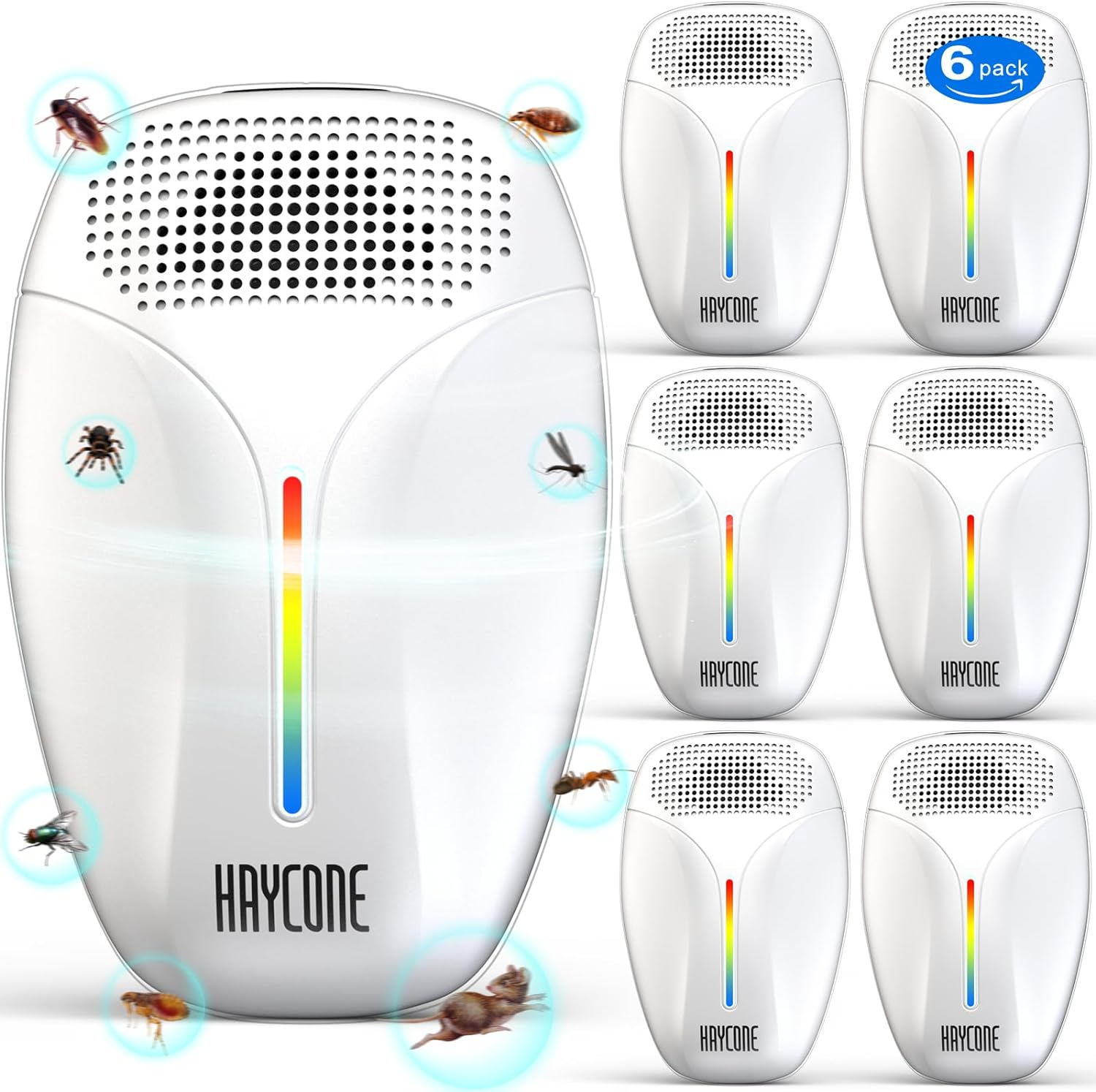Bat Control & Removal
Bats are protected wildlife that can take up residence in attics and buildings, potentially causing health concerns through guano accumulation and the risk of rabies. While they play a vital role in ecosystem health, their presence in buildings requires professional, humane removal following local regulations. Learn how to identify, safely remove, and prevent bat colonies in your property.
Recommended Products
Bonide Bat Magic Bat Repellent
This humane bat deterrent solution uses natural peppermint and spearmint oils to safely repel bats from indoor spaces. Each package contains 4 ready-to-use scent packs designed for easy placement in attics, cellars, and other confined areas where bats may gather.
- Natural & Humane
- Versatile Application
- Eco-Friendly Formula
Mighty Mint Peppermint Oil Rodent Repellent
This powerful natural rodent deterrent uses high-grade peppermint oil from the Pacific Northwest to effectively repel mice and rats. The extra-concentrated formula comes in a convenient 16oz spray bottle, offering a humane and pleasant-smelling solution to rodent problems.
- Premium Natural Formula
- Safe & Family-Friendly
- Highly Concentrated
Haycone Ultrasonic Pest Repeller
This upgraded ultrasonic pest repeller uses advanced sound wave technology to drive away pests like ants, rodents, cockroaches, spiders, and mosquitoes. Safe for humans and pets, it provides a non-toxic, chemical-free solution for keeping your home pest-free.
- Ultrasonic Technology
- Safe & Eco-Friendly
- Wide Coverage
⚠️ Health & Safety Risks
- Histoplasmosis from bat droppings
- Potential rabies exposure
- Structural damage from guano accumulation
- Parasites (bat bugs, mites)
- Respiratory issues from droppings
🚨 When to Call a Professional
- Any bat colony presence
- Legal requirements for removal
- Single bat in living space
- Evidence in attic/walls
- Guano cleanup needed
🏥 Emergency Response
- If bitten/scratched: Seek immediate medical care
- Bat in living space: Contain in room if possible
- Possible exposure: Contact health department
- Direct contact: Get rabies assessment
- Found unconscious bat: Call wildlife control
🛑 Prevention Tips
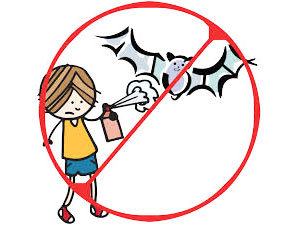
Best Bat Repellents: Electronic, Scent & Natural Methods
While bats play a crucial role in our ecosystem by controlling insect populations and supporting pollination, their presence in homes…
Read More →🔬 Professional Solutions & Products
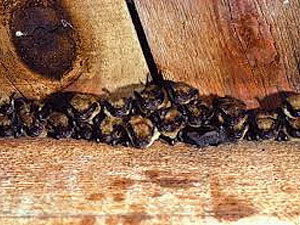
How to Get Rid of Bats in Your Attic: A Complete Guide
While bats play a beneficial role in controlling insect populations, having them take up residence in your attic can pose…
Read More →🔍 Signs of Infestation
- Guano accumulation
- Chirping sounds at dawn/dusk
- Dark staining around entry points
- Musty odor
- Bats flying at dusk
🏠 Entry Points
- Gaps in roof joints
- Chimney openings
- Loose fascia boards
- Attic vents
- Damaged soffits
Frequently Asked Questions
How do I know if I have bats?
Look for guano accumulation, dark staining around entry points, chirping sounds at dawn/dusk, and bats flying around your property at sunset.
Can I remove bats myself?
No, bat removal should be done by licensed professionals due to legal protection, health risks, and the need for proper exclusion methods.
Are bats protected by law?
Yes, most bat species are protected by state and federal laws. Removal must follow specific guidelines and timing restrictions to protect maternal colonies.
When is bat removal season?
Typically late August to early April, avoiding maternal season when pups are present. Exact timing varies by region and local regulations.
Are bats dangerous?
While bats rarely attack humans, they can carry rabies and their guano can cause histoplasmosis. Any direct contact requires medical evaluation.
What's the best way to prevent bats?
Conduct thorough inspections, seal all potential entry points, install proper ventilation, and maintain structural integrity of your building.
Do ultrasonic repellents work on bats?
Ultrasonic devices are generally ineffective. Professional exclusion methods are the only reliable solution for bat removal.
How do I clean up bat guano safely?
Professional cleaning is recommended due to disease risks. If cleaning yourself, use proper PPE, HEPA filtration, and approved disinfectants.
Will bats leave on their own?
Bats may leave nightly to feed but will return to established roosts. Professional exclusion is needed for permanent removal.
How long does bat removal take?
Professional bat exclusion typically takes 1-2 weeks to complete, followed by sealing entry points and cleanup. Timing may vary based on colony size and season.
